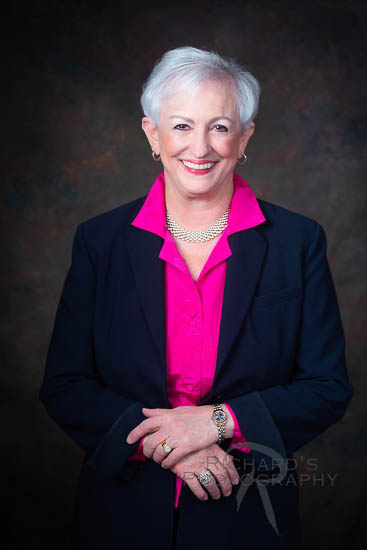Introduction to Photography for Starters

Understanding the Fundamentals of Photography
It expresses vision through images.
Learn the Tools First
Every photographer must first learn their equipment.
Whether you shoot with a mirrorless camera, the core principles remain the same.
Spend time changing lenses or focal lengths. Confidence with controls makes shooting smoother.
Mastering Lighting
Good lighting separates average photos from great ones.
Morning light creates soft tones.
LED panels offer control.
Color warmth all affect mood.
The Art of Arrangement
Composition decides how viewers experience a photo.
Foreground interest improve clarity.
Try unusual angles. Fresh viewpoints give personality.
Practice and Patience
Photography takes time and practice.
Try new techniques often. Repetition builds instinct.
Overexposed frames teach faster than success.
Why Editing Matters
Straight-out-of-camera images are fine, but editing refines them.
Tools like Lightroom, Photoshop, GIMP, or mobile apps fix color.
Editing should support the story.
The Value of Showing Images
Feedback helps you grow.
Social media platforms give exposure.
Starting a blog shows dedication.
Developing Your Voice
Style is your visual fingerprint.
Switch between color and black-and-white. Each adds to your toolkit.
Your style will change, and that keeps photography exciting.
Lessons for New Photographers
Ignoring light direction happen to all beginners.
Not backing up files slows progress.
Awareness makes lessons stick.
Bonus Guidance
- Have backup storage ready.
- RAW files allow more editing flexibility.
- Smudges ruin sharpness.
- Auto is easy but manual builds skill.
- Look at other photographers’ work.
FAQ Section
Q: Do I need an expensive camera?
A: Start with what you have and upgrade later.
Q: How long until I improve?
A: Consistency is look here more important than gear upgrades.
Q: Is editing cheating?
A: Post-processing refines what the camera captures.
Q: Should I always follow rules?
A: Rules guide beginners but creativity matters most.
Conclusion
The process matters as much as results.
Experiment boldly. With time and patience, you’ll grow as an artist.
Whether for fun or career, progress comes with practice..
Photographers and Their Craft
A photographer is a communicator without words.
Professional photographers look at the world differently.
Photographers work in many fields, more info such as fashion. Each requires different techniques.
Experienced shooters study light carefully.
What Photographers Use
Gear is not everything, but san antonio headshots it matters.
Cameras
Mirrorless systems offer flexibility at various levels.
Mirrorless cameras are lighter, more modern, and great for travel.
Lenses
Different lenses tell different stories.
- Telephoto lenses bring distant subjects closer.
Experimenting with focal lengths improves results dramatically.
Tripods and Stability
Tripods provide stability for long exposures.
Lighting Equipment
Softboxes, reflectors, and strobes shape light.
Small Gear With Big Impact
- Lens filters are essentials that prevent problems.
- Camera straps help photographers stay mobile and organized.
- Remote shutters expand creative options.
Do Photographers Need Expensive Gear?
In reality, skill makes the bigger difference.
Learning exposure, composition, and light is more important than chasing new models.
What Makes Photographers Better
Experimenting with different gear teaches flexibility.
Taking workshops keep learning fresh.
Technology and Photographers
New cameras bring higher quality, yet creativity will always matter.
Mirrorless dominance expand what photographers can do.
Still, the essence remains: capturing light, telling stories, and expressing ideas.
Conclusion About Photographers and Gear
Knowledge, practice, and patience make the real difference.
Gear will evolve, but curiosity and creativity will always define the art.